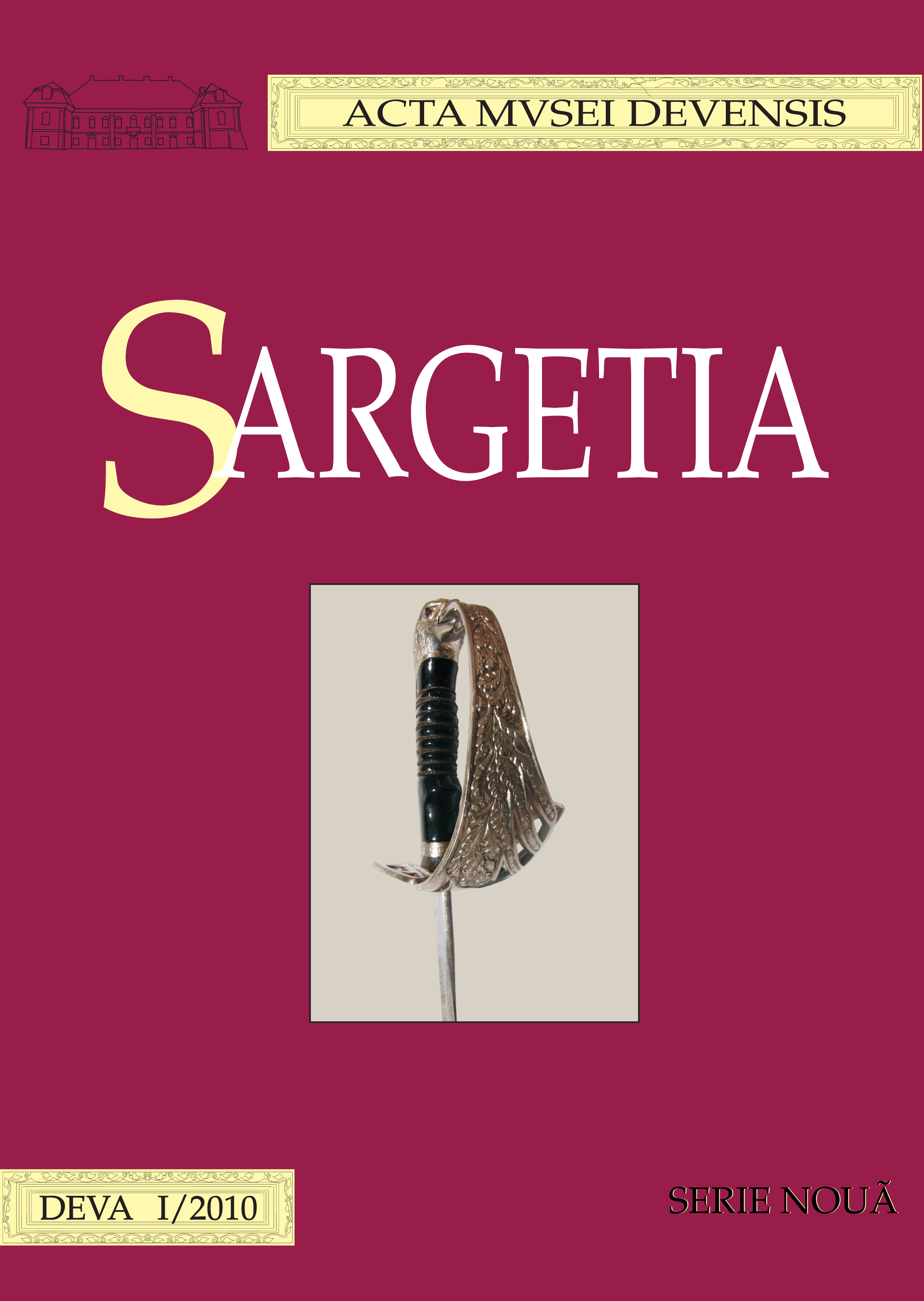Poduri orădene de odinioară
Former bridges of Oradea
Author(s): Ronald HochhauserSubject(s): History
Published by: Editura Altip
Keywords: bridge; pillars; wood; metallic; reinforced concrete
Summary/Abstract: Since the first half of the eighteenth century, the link between the two sides of Crişul Repede (Fast Cris) was established by some pontoon-bridges – constructed of wood and later from iron-carbon alloy. At first, they got impersonal names such as The big, The small and The third bridge in the vacant area. The only bridge from Oradea which had first a personalized name was Garasos „gangway” so called beggarly.The Great Bridge or upstreamPreparations for building a wooden bridge for linking Olosig and neighborhoods Subcetate and Velenţa, began in January 1878. Building the bridge was completed in record time in the summer of the same year. It is assumed it functioned until the replacing with a new iron bridge.The iron bridge's elevation works started in November 1891.This building considered by the press of that time to be a monumental one, was completed in September 1892.Initially, it was named Baross Bridge, after the hungarian politician's name Gábor Baross (1848-1892). In the final days of the Second World War, German troops have seriously damaged it, so entered in the service. In redeveloping of the bridge 40 workers participated including 26 specialists. Bridge at low or downstreamThere existed a wooden bridge, which linked the Oraşul Nou (New Town) and Olosig since 1851.Two decades after putting it into use, the press and public opinion also supported the building of a stone bridge instead of it. In vain the local residents wanted such a bridge, the new bridge was also a wooden one. The objective was completed in 1879, and it was exploited for seven years, without maintenance.The design of an iron bridge to replace the wooden one was conceived by the technical service of the city in spring of 1892. In November 1892 they have started implementation the foundation of side wings. Actual work began barely in June 1893, by building bridgeheads and assembling metal superstructure. This objective was named after the spiritual patron of Oradea, Sfântul Ladislau (St. Ladislaus). In October 1944, retreating German troops were blown up the bridge.This led to paralysing of circulation in the most important area of the city. Building there a concrete bridge, began shortly before the nationalization process took place. Newly constructed bridge was named Bridge of Heroes, considered by the press of those times being an architectural work of art.The bridge from vacant area The third bridge of iron, with a monumental aspect, was built in 1913. Note that there never existed any bridge before. Bridge project has been conducted since 1906. Articles in newspapers thought that it will be one of the most important and beautiful sights of the city with a similar look to the Elisabeth Bridge, in Budapest. Compared with other bridges of the city, it had exceeded them by size.Appearance of the work has been highlighted through arrangements made by the banks of water and access ramps. Bridge survived the Second World War, but could not resist flood waters of Crişul Repede on March 12, 1981 when gave up in the middle of it's opening.„Garasos” gangwayIn addition to the bridges across River Quick, previously analysed, halfway between the big bridge and the small bridge, there was an iron bridge, for pedestrian traffic, instead of the wooden building. Bearing pile foundation was made in just three month, between August and November 1909. Mounting metal superstructure, with a mass of almost 50 tons, was completed on September 3, 1910. This bridge was demolished in the year 1970.
Journal: Sargetia. Acta Musei Devensis
- Issue Year: 2010
- Issue No: 1
- Page Range: 303-312
- Page Count: 10
- Language: English, Romanian

